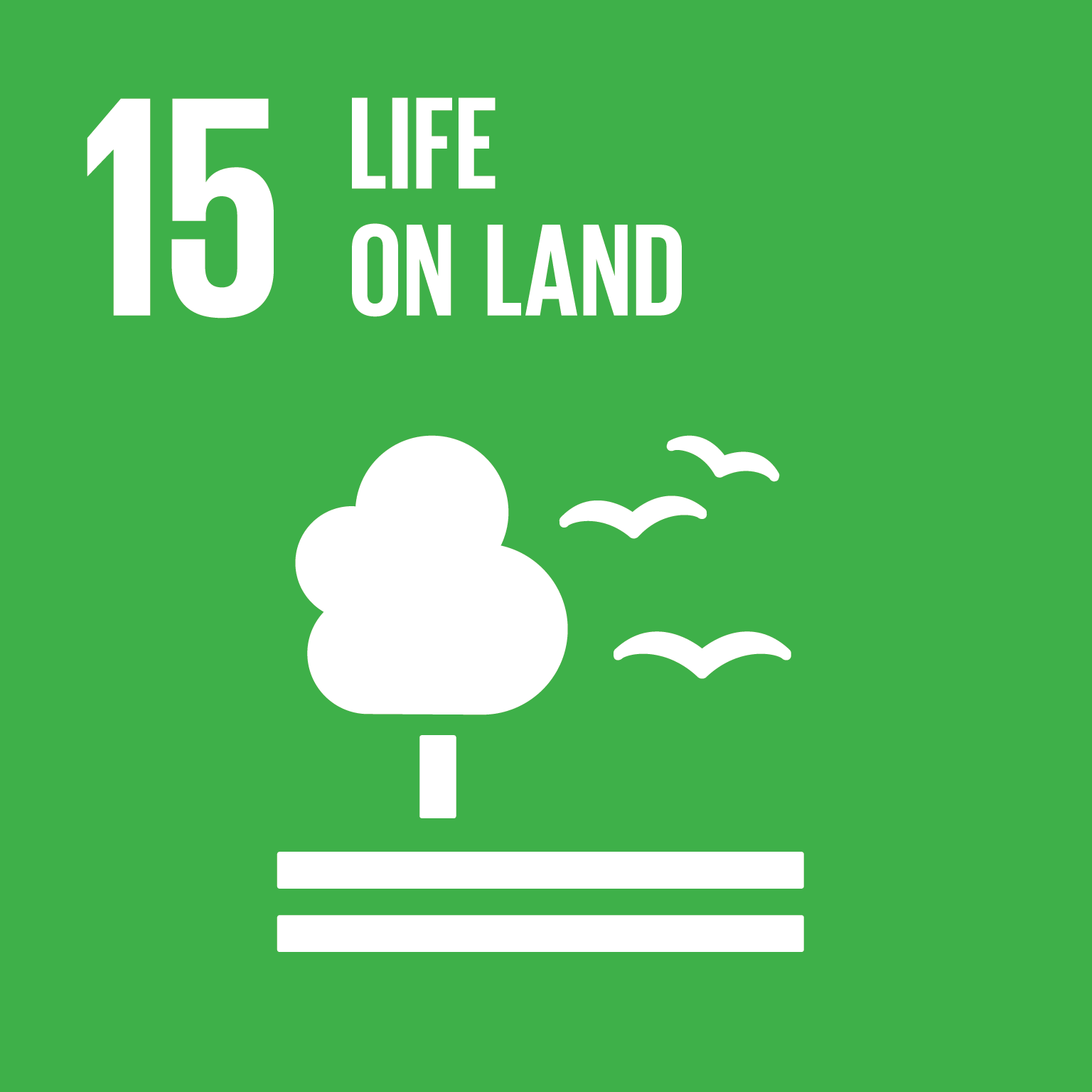Climate change and pollution, unsustainable production and business practices – these are just a couple of issues on the long list of problems that have been and will be haunting human population in in the recent and upcoming years. But we are not the only victims of our ill-thought decisions. On the 3rd of March, we will celebrate the World Wildlife Day and voice the concerns of those who cannot do it themselves.
What is the World Wildlife Day?

When in 2013 United Nations General Assembly (UNGA) decided to proclaim March 3rd, the day of signature of the Convention on International Trade in Endangered Species of Wild Fauna and Flora (CITES), as the UN World Wildlife Day, we were already dreading the future of our flora and fauna.
Now, 5 years later, the WWD has become even more important global event, as it correlates with the Sustainable Development Goal no 15 to protect, restore and promote sustainable use of terrestrial species and ecosystems.
Nevertheless, although effort has been made to face the threat we pose to the Earth, we still cannot take pride in our activities. The last untouched habitats are being destroyed at this very moment. For example, while the deep ocean floor of Papua New Guinea is being transformed into a mining site of Solwara 1, the primeval forest of Bialowieza’s ecosystem is passing ‘the point of no return’. And these are only a few examples.
Even the population of natural predators such as big cats, which are the focus of this year World Wildlife Day, is declining due to the loss of habitat, prey, poaching and illegal trade.
Why do we need the World Wildlife Day?
Though more people than ever are aware of those environmental issues, some still fail to acknowledge their effect on our lives. What many people do not realize is that nothing exists in the vacuum. All species of flora and fauna are part of complex systems like, for example, the food chain. While destroying natural areas with pollution, mass deforestation or poaching, we may deprive ourselves of many ‘ecosystems services’ we normally do not think about.

To fully understand how complex interdependencies work, it would be a good idea to use a practical example. Minecraft will come in handy here, as this mainstream game incorporates the elements of biodiversity and ecosystems services on a very basic level. Each world in Minecraft offers only limited amount of resources, e.g. wood, thus by overrelying on it, player can easily lose building material and get prematurely devoid of possibilities to create and expand the game’s world.
Also, Eco – a minecraftesque game from Strange Loop Game enables players to learn from their mistakes. Even the simplest card game like EcoChains can easily illustrate the extinction domino effect.
There are many other tools to make people realize that they should care. And with the priorities of many world’s leaders shifting from pro-environmental to strictly political or business solutions, we shouldn’t stay idle but take things into our hands!
Visit our gamepedia for more games connected to the Sustainable Development Goal no 15!





